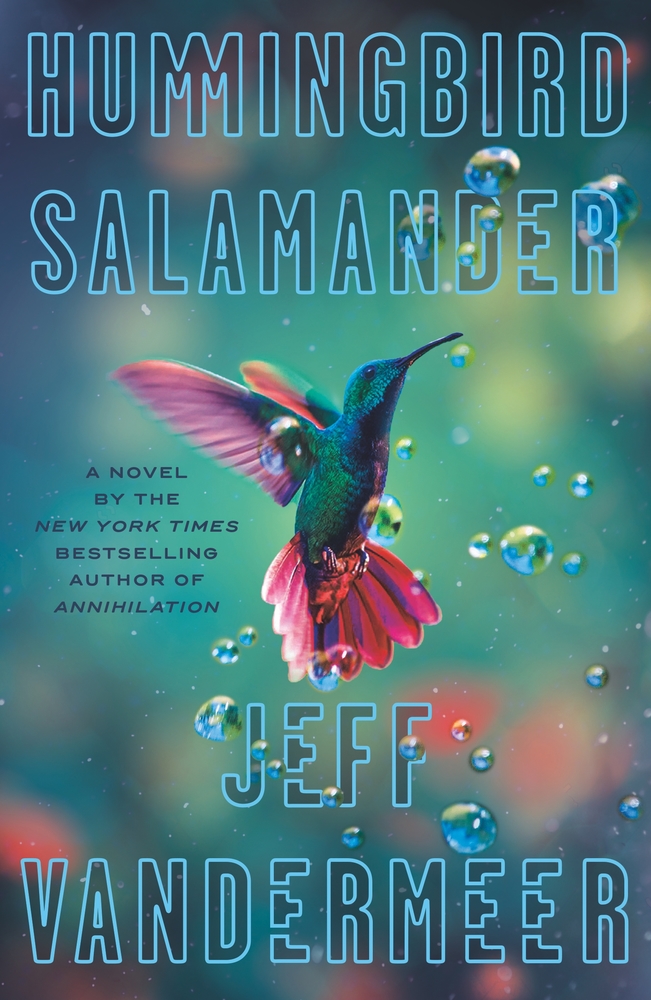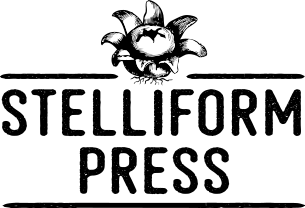
Jeff VanderMeer’s Hummingbird Salamander is a departure from his last few novels: a realist thriller about “Jane Smith,” a woman who finds a taxidermied hummingbird and through this discovery becomes embroiled in an “ecoterrorist” plot.
VanderMeer is known for his female protagonists; his most popular series was one that was helmed by four female scientists. But Jane Smith is VanderMeer levelling up. Smith is unusual in a lot of ways, but also relatable. The progression of her perspective and her values throughout the novel is one that, I think, VanderMeer intends to stand in for the kind of growth that most Western people need to achieve in order to create an integrated relationship with their environment. Her “otherness” — her unconventional appearance and her history which means that she is always a little aloof, set apart from others — ensures that she is uncomfortable enough to seek change and accept it when it comes to her.
In this review, I focus on Jane Smith, who shows the reader “how the world ends” but also how it is always beginning again and could begin again, if we let it. If we respond to the invitation.
Jane Smith and the Power and Responsibility of the West
Readers may pick up on the name VanderMeer’s protagonist chooses for herself — a name with the anonymity of a “Jane Doe” but without the unidentified corpse connotations. Instead of a dead woman, VanderMeer’s “Jane Smith” is the maker of her surname, someone who makes things happen (both intentionally and unintentionally). This distinction is the thrust of the novel. “Jane Smith” speaks not from an unconditionally dead world. She speaks from a dying world, but one which still possesses the potential to be made and remade. One which the reader is invited into, and invited to be a part of.
But before any invitation can be accepted, the reader must contend with this protagonist — and her connections to the Western status quo — as she is. Jane Smith is a large, strong woman. Her body and her experience of living in it tangibly affects both her perspective and how others perceive her. VanderMeer writes a protagonist that observes how others look at her and is constantly aware that others are troubled by her appearance and presence. Additionally, Jane Smith is troubled within her body, observing that, like a bear, she is “always injured” in contending with the power of her body.
Unlike a bear, though, Jane’s power and her injuries are connected to a history of abuse. She uses the power of her body in a way that responds to that history, though over the course of the novel she realizes that she embodies the violence that her grandfather inflicted upon her in a way that is sometimes similarly cruel. I came to see Jane and her power as representative of an American position within Western power. She is a part of that power that has separated from her ancestry, but abuses power in sometimes similar ways: she uses violence to influence people and abandons those to whom she should be responsible. Jane has the opportunity to use her body differently, but falls into the patterns she learned from her progenitors.
Jane Smith and the Invitation
Hummingbird Salamander is a thriller. As a protagonist in a thriller, Jane Smith collects clues and gradually reveals the full scope of the situation she finds herself in while experiencing persistent threats to her life and the lives of those she cares for. Each clue she discovers is an invitation to another kind of understanding. But Jane’s key revelations, and thus her responses to these invitations, are always late. She spends months hiding out in a houseboat, and then in a mountain wilderness hiding from survivalists and militiamen. By the time she makes her way to the next phase of her journey, the journey has moved on without her.
Is it a stretch to make a connection between the missed invitation, the lateness of response, and our collective Western response to climate change? Maybe. But Jane misses opportunities because she isn’t yet prepared to understand, or she’s healing from wounds inflicted upon her, or she is occupied with tasks she thinks will help but don’t. It struck me that Jane Smith missing invitation after invitation, and realizing only after it is too late, after so much has already been lost, is us. Jane Smith is a warning.
Hummingbird Salamander is an invitation. VanderMeer begins the book at Chapter 0, as if he needs to go back to some place before one, before the reader gets wrapped up in the quick-moving action of the story, to make the invitation distinct and clear. He uses the second person pronoun “you” to invite the reader specifically into the story and its journey of discovery and the shifts in perspective that are provoked. At the end of the novel, Jane Smith is faced with her last choice (and skip this em-dashed phrase if you are concerned with minor spoilers) — to transform herself beyond her previous transformations, to risk death in a way that finally invites life — and her response is extending that invitation to the reader as well. Through Jane Smith, VanderMeer addresses us directly and invites us to take up the most necessary journey of our lives.
